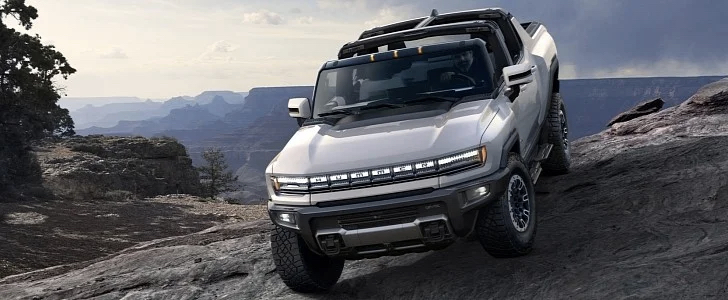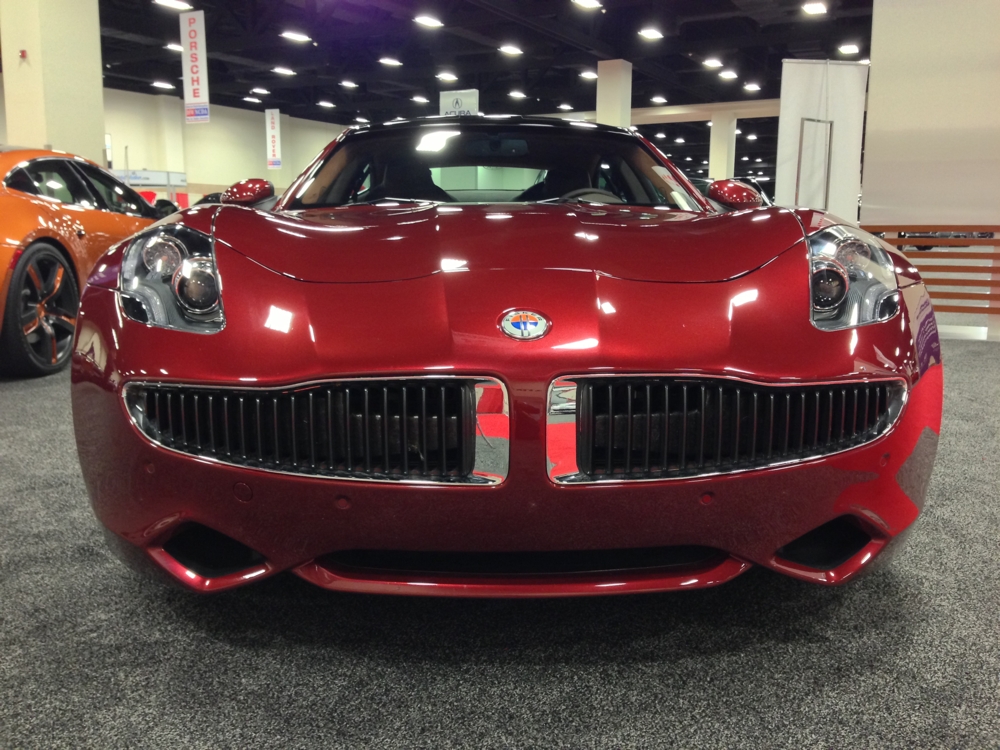The main point of the above-referenced article for me was not efficiency. It was safety. Ever since GM announced the Hummer’s weight and acceleration specs, all I could think of is that’s too much mass for that much acceleration. The average driver, in an emergency situation, will probably kill someone.
It also points out the problem of vehicle registration fees. Many state legislatures, out of laziness in my opinion, haven’t divorced road maintenance revenues from fuel taxes. By not doing so, during a time of increased vehicle efficiency across all fuel types, road repair revenues have fallen. This causes legislatures to provide ad hoc taxes, usually in the form of increased registration fees, usually just for EVs. In Texas TxETRA was able to show the $300 additional fee, proposed for electric vehicles, was unfair, since the average pickup in Texas only generates $89 of gas taxes used for road maintenance. In the last two sessions, even though one party keeps trying to get the $300 fee passed, TxETRA was instrumental in getting the bill killed.
The road maintenance taxes, in order to be fair, should be based on miles traveled and vehicle weight, since that’s the best indicator of wear and tear the vehicle inflicts on our roads.
Aptera Motors‘ approach to electric vehicle design is all about efficiency, but that alone won’t get a large segment of EV-hesitant buyers motivated enough to move to electric transport. Those Hummer people will probably always be Hummer people. Their car defines them and they just don’t care if there’s enough gasoline (or lithium) for the rest of us. The Hummer, due to cost, will always be a niche vehicle. GM have created some amazing EVs and PHEVs, previously. They just failed to advertise them. By advertising the Hummer as much as they are, they are getting people curious about EVs. (more on that later)
I expect Aptera’s design to actually be adopted most readily by those who have already made the shift to EVs (like me). We understand the design “language” of EVs and appreciate things like aerodynamics and efficiency, as well as acceleration and handling. The admittedly “different” shape of the Aptera, for people like me, will actually attract buyers instead of being off-putting, and this is just the beginning. The 1,000 mile estimated range of the Aptera will eventually overshadow the beast-like qualities of the Hummer.
The first automobiles mimicked the design of horse-drawn carriages before morphing into modern vehicle forms. Vehicle design will be affected by the move to EVs and the design freedom their drivetrains will allow. There will be lots of other “different” designs that buyers will embrace, once they’ve moved to EVs. Vehicles, like the Hummer, are vanity vehicles and will always exist for buyers who need a vehicle that defines/displays who they are (and have the money to buy one). However, it will succeed in generating excitement and moving people toward EV adoption and that’s why it will cause an increase in EV adoption, even in those who cannot afford it. Those people will start to consider the Silverado EV, Rivian R1T, Ford F-150 Lightning and other EVs with the pickup form factor.
The best news is, it is my experience that once someone buys an EV, their vehicle changes them. I know my first Volt changed me dramatically. EV buyers become more influenced by environmental concerns and efficiency in all their buying decisions, not just vehicle choice. Many of my EV customers started asking me about the solar panels I added to our home, within their first year of EV ownership.
EVs are the Trojan Horse of environmentalism and, just like the legendary horse, the “Trojans” never see it coming, especially if it looks like the Hummer.
That’s a good thing and maybe is why GM hasn’t really missed the point, after all.


